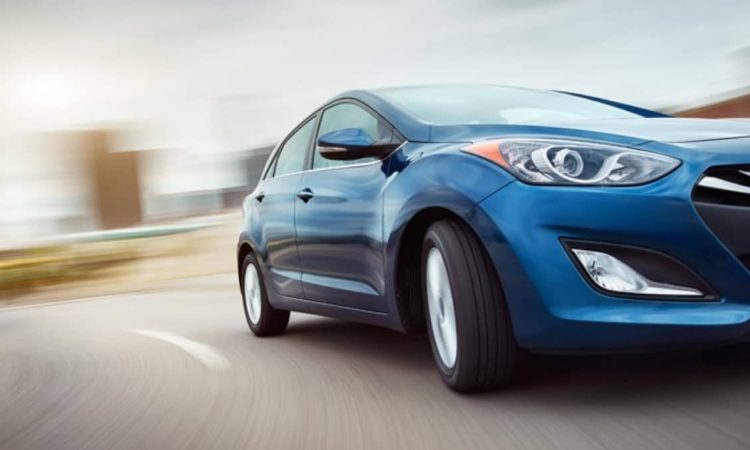When it comes to tinting your car windows, you may be wondering what the legal maximum percentages are. Well, in this blog post, we’ll go over the different window tinting percentages and what they mean for your vehicle.
Yes, dark tint makes cars look cooler. But unfortunately, you may not be able to get the mysterious look that you want for your ride. If you’re interested in learning more, just keep reading.
Legal Window Tinting: Standard Car Window Tint Percentages
There are a few different factors that come into play when determining the legal maximum window tinting percentages for your car. These include the type of vehicle, the state or province in which you live, and any local regulations that may be in place.
In general, passenger vehicles are allowed to have up to 50% tint on the front windshield, and up to 35% on the rear windows. However, there are some states that have more strict regulations in place. For example, in California, the legal maximum for front windshield tint is 70%.
It’s important to check with your local laws before having any work done on your car, as you could be fined if you’re found to be in violation. If you’re not sure what the legal maximums are in your area, it’s best to err on the side of caution and go with a lighter tint.
Consequences for Going Over the Legal Window Tint Percentage
In most cases, if you’re stopped by police and found to have a window tint that’s over the legal limit, you’ll simply be given a warning. However, there are some states where you can be fined for having an illegal tint.
In California, for instance, the fine for a first offense is $25, while subsequent offenses can cost up to $100. So, it’s important to know the law in your state before having your windows tinted.
If you’re stopped by police in a state where there is no legal limit on window tint, they may still give you a warning if they feel that your tint is too dark. It’s ultimately up to the officer’s discretion.
Why Are There Car Window Tint Limits?
While there are a number of reasons why states have car window tint limits, the primary purpose is to improve safety on the roads. When drivers can’t see into a car, it increases the risk of accidents, as they may not be able to see if there’s someone in the way before making a turn.
Some studies have also shown that window tint can reduce the amount of light that comes into the car, which can lead to driver fatigue. Tinted windows can also make it more difficult for police to see inside a car if they pull someone over, which is why most states have limits in place.
Although there are restrictions, tinting your windows is still a good idea. Here are a few good reasons to tint your car windows.
Abiding by the Window Tinting Percentages in Your State
So, what are the legal maximum window tinting percentages in your state? If you don’t know, be sure to check the laws before having any work done on your car. And, if you’re ever stopped by police, cooperate and provide them with any information they need.
If you found this content helpful, check out our other articles. Thanks for reading!

